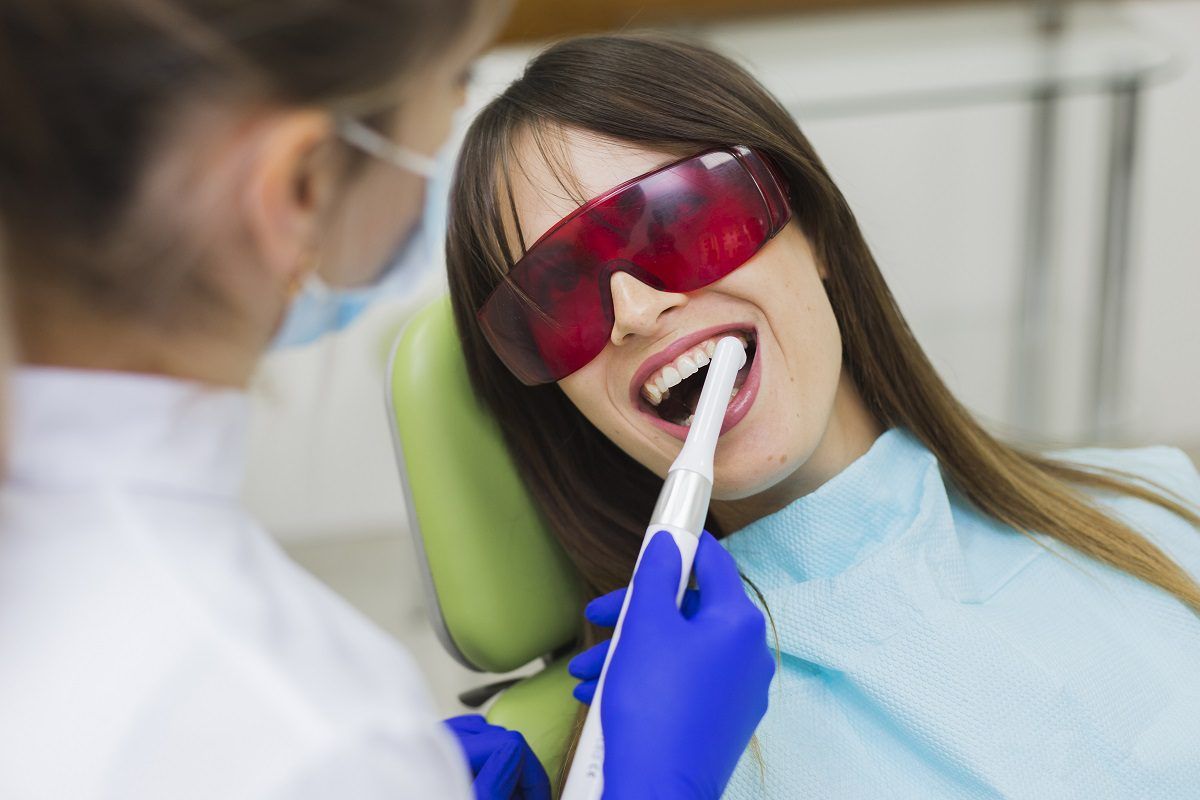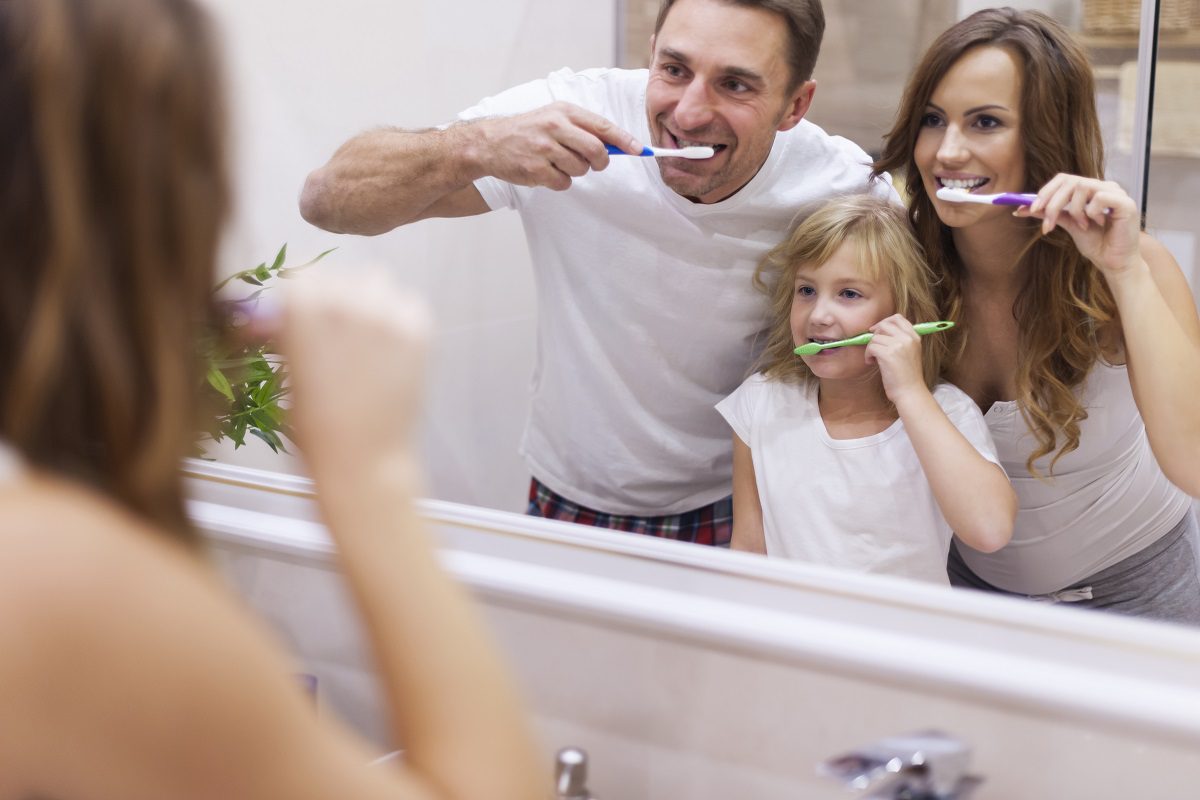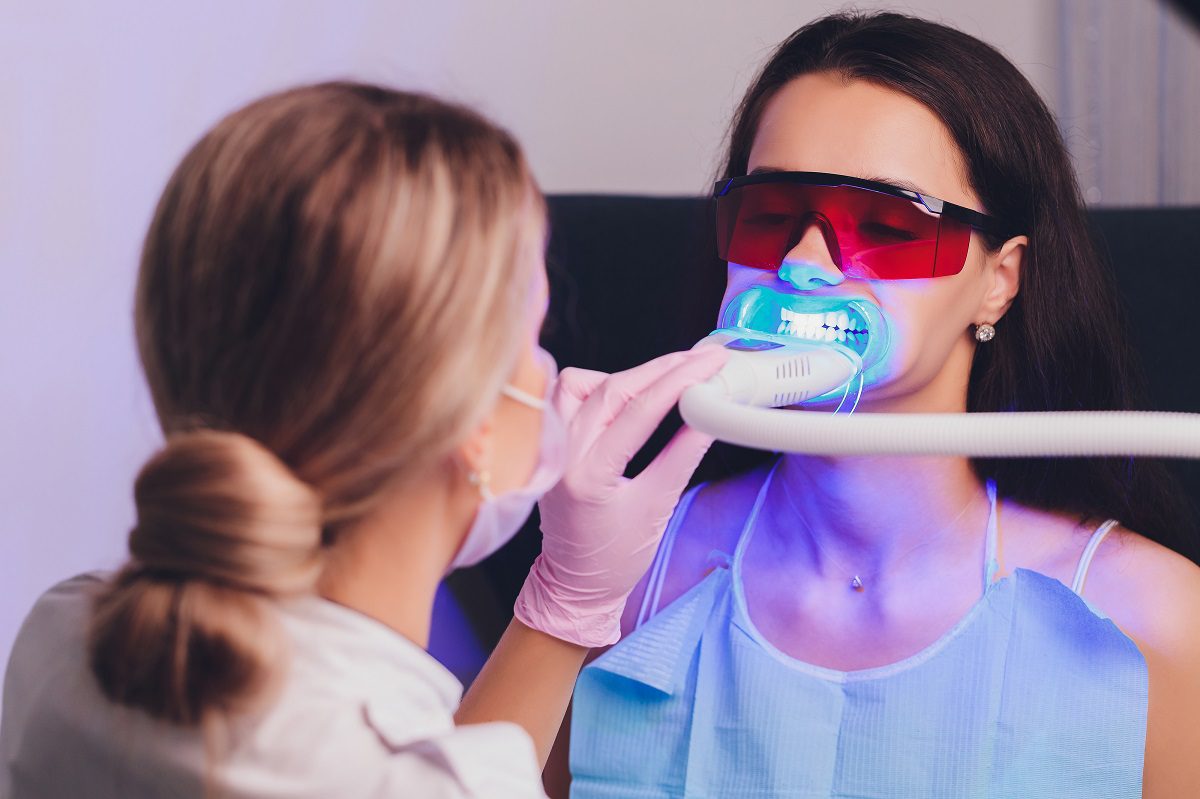Tooth Trauma: First Aid for a Completely Displaced Tooth
Like all health emergencies, dental emergencies can be unsettling. Out of nowhere, an accident or injury can cause intense pain, leaving you feeling v...

Like all health emergencies, dental emergencies can be unsettling. Out of nowhere, an accident or injury can cause intense pain, leaving you feeling vulnerable and anxious. Among these unexpected challenges, one of the most distressing scenarios is a displaced tooth. It is not just painful; it's an immediate shock to your system.
In times like these, knowing what to do can be a game-changer. It's not just about relieving the pain – it's about possibly saving your smile. That's why we're here to guide you through dental emergencies, focusing on what to do when a tooth is entirely displaced. We'll provide you with practical knowledge to handle such situations confidently.
This blog is all about being prepared. Whether you're a parent, an athlete, or simply going about your daily life, having the correct information can make all the difference when faced with dental emergencies' sudden and painful nature. Our goal is to equip you with the steps to take and the precautions to consider, all with one essential aim: protecting your smile and well-being.
"Dental emergencies demand immediate attention to safeguard your oral health and peace of mind."
Immediate Steps to Take After Trauma
- Stay Calm and Comfort the Injured Person
Dental emergencies can be frightening, so it's crucial for both the injured person and those offering help to stay composed and provide reassurance. A calm approach goes a long way in reducing anxiety and ensuring effective care.
- Handle the Tooth with Care, Holding it by the Top (Crown)
When you need to touch the displaced tooth, do so gently, holding it by the top part (the crown), which is the part you usually chew with. Avoid touching the root, which is generally within the gum. It helps protect the sensitive source from potential damage.
- Clean the Tooth Gently if It's Dirty
If the tooth has visible dirt from the injury, rinse it carefully with clean water. Avoid using soap or harsh chemicals, and refrain from scrubbing. The aim is to remove visible dirt without harming the tooth's surface.

- Attempt to Reposition the Tooth into its Socket, But Be Gentle
If the tooth is only partially displaced and not entirely out of its socket, you can try to guide it back gently. However, only do so if it moves relatively quickly and without force. The tooth should naturally fit back into place.
- Secure the Tooth in Position with a Clean Gauze or a Handkerchief
Once the tooth repositions, you can help keep it stable using a clean piece of gauze or a clean handkerchief. Have the injured person bite down on it gently to prevent further tooth movement. They should avoid chewing or any unnecessary tooth movement.
These initial steps are crucial for dealing with a wholly displaced tooth. Remember, the key is to handle everything gently and without excessive force. After these immediate actions, seeking professional dental care as soon as possible is crucial for further evaluation and treatment. Dental emergencies require prompt attention, and getting professional help quickly can improve the chances of saving the tooth.
Pain Management Methods
- Over-the-Counter Pain Relievers
You can turn to over-the-counter pain relievers to help ease the pain and reduce swelling. Following the label's dosage instructions and taking it with some food is a good idea to prevent any stomach discomfort. It can effectively provide relief, but visiting a dentist will be a permanent solution.

- Using a Cold Compress on the Injured Area
A simple but effective method is to apply a cold compress to the outside of your cheek, close to the injured area. Wrap an ice pack in a cloth or towel to shield your skin from direct contact. Apply it for about 15 minutes at a time, taking breaks to prevent any chance of frostbite. This cold therapy helps by narrowing blood vessels and reducing swelling, which can alleviate pain.
These approaches can go a long way in making you more comfortable as you wait for professional dental care. However, it's always a good idea to consult with a healthcare professional or dentist to ensure these methods are safe and suitable for your specific situation, as individual responses and conditions can vary.
Avoid These During a Dental Emergency
When a tooth is completely displaced from its socket, it is often intense and unsettling. Amid the urgency, making the right choices in those critical first moments can be the difference between saving a tooth and facing more extensive dental procedures.
- Touching the Tooth's Root
Avoid touching the root of the displaced tooth at all costs. The root is incredibly delicate, and touching it can cause damage that may affect the tooth's viability when repositioned by a dentist.
- Forcing the Tooth Back into the Socket If It's Not Aligning Easily
Never force the tooth back into its socket if it's not aligning quickly. Pushing or manipulating it forcefully can damage the tooth and surrounding tissues further.
- Ignoring the Injury and Waiting for the Pain to Subside
Ignoring a completely displaced tooth injury and waiting for the pain to subside is not advisable. Dental emergencies require immediate attention, and postponing professional care can lead to complications, reduced chances of tooth saving, and increased discomfort.
It's essential to understand that dental injuries require prompt and informed action. Following the correct steps, as discussed earlier, and avoiding activities that could worsen the situation are vital in ensuring the best possible outcome when seeking professional dental care.
Preventing Dental Emergencies
- Wearing Protective Gear: You can significantly reduce the risk of dental injuries during sports activities by wearing mouthguards. Custom-fitted ones are the best, but even the over-the-counter options provide good protection.
- Good Dental Hygiene: Regularly brushing, flossing, and keeping up with dental check-ups are your best friends for keeping your teeth strong and healthy. Good dental hygiene can help catch and address problems before they escalate into dental emergencies.
- Avoiding Chewing Hard Objects: It's a good idea to steer clear of munching down on hard objects, whether it's ice, popcorn kernels, or non-food items. Doing so can prevent those unpleasant incidents of cracked or broken teeth.
- Careful Eating: When dealing with especially tough or sticky foods, take your time and use proper techniques. Being mindful while eating can go a long way in preventing accidental damage to your teeth.
Bottom Line
In a nutshell, dental emergencies can be both painful and nerve-wracking. Knowing the right steps and what not to do in those critical moments is vital for a successful outcome. When faced with a completely displaced tooth, time is of the essence. The situation's urgency cannot be stressed enough, which is why seeking immediate dental care is paramount.
To make this process smoother, you must know how to find an emergency dentist or dental clinic in your area. Staying prepared and acting promptly during a dental emergency is the key to maximizing the chances of saving the tooth and preventing further complications.
Remember, every moment counts in safeguarding your dental health, so don't hesitate to seek professional care when faced with such an urgent situation. So, remember the do's and don'ts, and keep your pearly whites in tip-top shape.
Resource:
Toothaches and Swollen Gums: Effective Home Remedies
*This media/content or any other on this website does not prescribe, recommend, or prevent any treatment or procedure. Therefore, we highly recommend that you get the advice of a qualified dentist or other medical practitioners regarding your specific dental condition.
Get to know us
The best and gentle Dentists and Team Member of Procopio Towle Dental Office are dedicated to providing top quality dental care to patients in Walnut Creek the surrounding San Francisco Bay Area.
Meet Our Dentist



